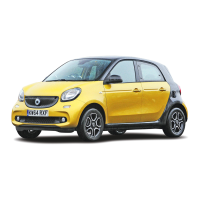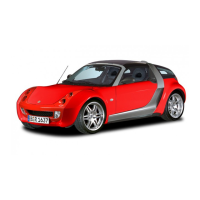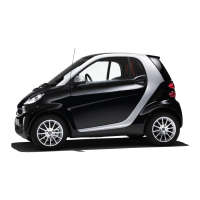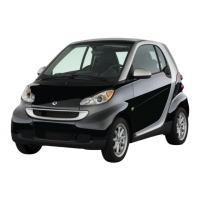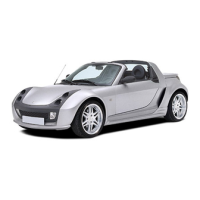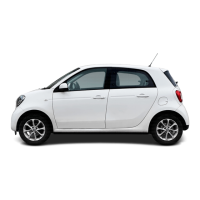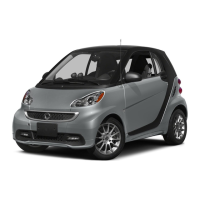needs to take over the vehicle
control.
► Do not use the Adaptive Cruise Con-
trol under poor driving conditions,
such as urban roads or other envi-
ronments with serious traffic con-
gestion, roads with a large amount
of accumulated water or silt, severe
rain and snow, low visibility, windy
weather and ramps.
► Adaptive Cruise Control may not re-
spond to vehicles or objects crossing
the lane.
► Too many objects in the boot may
result in vehicle posture change,
causing target identification per-
formance degradation or Adaptive
Cruise Control failure.
► When another vehicle changes lane
and goes to the front of the vehicle,
the Adaptive Cruise Control may not
be able to respond immediately. The
driver shall brake in time.
► During driving on a steep downhill
slope, it is hard for the Adaptive
Cruise Control to keep an appropri-
ate distance from front vehicles. You
should be much more careful under
such circumstance and prepare for
braking.
► During driving into and out of curves,
the selection of targets may be de-
layed or disturbed. Adaptive Cruise
Control may brake unexpectedly,
brake too late, or accelerate.
► On sharp curves, such as s-shape
roads, due to the limitations of cam-
eras and front radars, Adaptive
Cruise Control cannot detect the ve-
hicle ahead normally, which may
cause the vehicle to accelerate, and
thus the driver needs to take over
this vehicle properly according to
the actual conditions.
► When a vehicle ahead in the adjacent
lane cuts into the driving track of
the vehicle, the detection may be af-
fected or delayed in some environ-
ments, such as low reflection
intensity of targets (pedestrians, bi-
cycles and tricycles), and
electromagnetic interference, which
leads to the Adaptive Cruise Control
unable to recognize the target or ac-
curately calculate the distance from
the vehicle ahead. In this case,
Adaptive Cruise Control will be unre-
sponsive or delayed in braking, and
the driver needs to actively control
the vehicle.
► Road construction (failure in object
recognition, such as conical road-
blocks and road construction signs).
Install the front license plate frame
with caution, because the wide met-
al plate frame can affect the front
radar signal, and cause the front ra-
dar to incorrectly handle the ve-
hicle’s driving status or produce
false alarms.
Adaptive Cruise Control can speed
up and slow down the vehicle. When
the vehicle decelerates, the braking
system works and may make a
sound. It is normal.
If the vehicle under Adaptive Cruise
Control is too close to the forward
vehicle, Front Collision Mitigation
may be triggered by Adaptive Cruise
Control.
Setting Adaptive Cruise Control to the
ready mode
Press the button
on the left of
the steering wheel and select smart Pilot
Assist/Adaptive Cruise Control/Speed Lim-
iting according to vehicle configuration.
Press the button
on the left of the
steering wheel to activate and enable the
selected function.
When the button
on the left of
the steering wheel is pressed to Adaptive
Cruise Control and the grey/white indica-
tor
on the driver information display
illuminates, Adaptive Cruise Control is in
the ready mode.
Enabling Adaptive Cruise Control
● Doors, bonnet and liftgate need to be
closed.
Driving and parking 117

